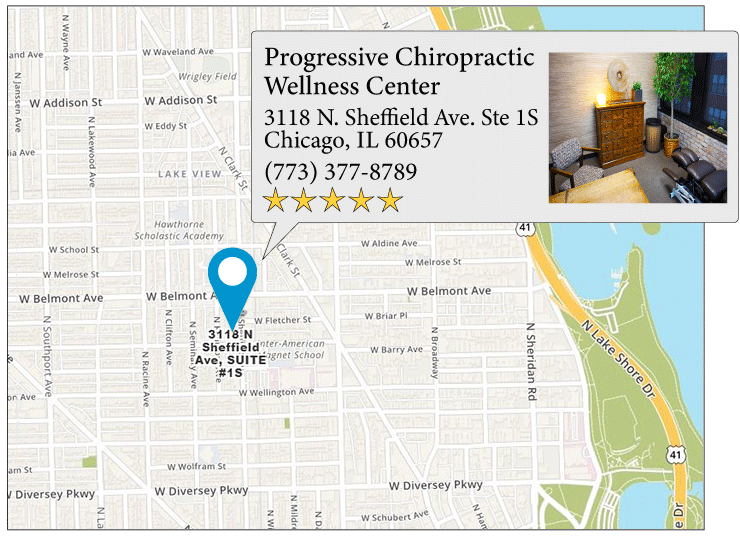LIFTING PROPERLY TO PROTECT YOUR BACK
Traditionally, the most important rule in lifting has always been to “keep your back straight" and “bend with the knees – not the back." Recent literature suggests that it is better to maintain the normal curve in your low back at all times and avoid forward bending whenever possible. You should also lightly contract your buttocks and abdominal muscles to help stabilize the spine, and avoid twisting, whenever performing a lift. It is also important to keep the objects you are lifting as close in to your body as possible. The farther away from your body an object is, the greater is the strain it places on your spine. Also, whenever possible, try to avoid lifting from the floor – place things at knee, waist, or chest height. Finally, plan your lift before its execution to be sure your path is clear, etc.
The most dangerous position for your lower back is the combination of forward bending and twisting – this should be avoided at all costs. Reaching for things above shoulder level is another strenuous activity for your back. Using a foot stool is a good way to reduce the strain. If a foot stool is unavailable, remember to lightly contract your buttocks and abdominal muscles. Pushing and pulling can be yet another source of back strain. If given a choice between the two, pushing is preferred because the legs can be used more effectively.
Recent studies suggest that the back is especially vulnerable to injury immediately following a period of prolonged forward bending or inactivity like sitting for several minutes or sleeping. IN FACT, THE MOST SIGNIFICANT INJURY PREDICTOR IS NOT THE TASK, BUT IN WHAT ACTIVITIES YOU HAVE BEEN PERFORMING OVER THE DAYS AND MINUTES PRIOR! Following times of inactivity, a warm-up should be performed before attempting to lift anything, and even then remember to pay extra-special attention to using proper lifting technique. Furthermore, you should never lift anything shortly after rising from bed.
WHAT ABOUT ABDOMINAL BELTS?
A critical review of the current scientific data neither completely supports nor condemns the wearing of abdominal belts for lifting. However, given the available data, the universal prescription of belts is not recommended. Uninjured individuals appear to gain no benefit from wearing belts. However, if certain individuals feel that they benefit from wearing a belt, then they may be allowed to wear it on the following conditions:
- Given the risks of increased blood pressure and heart rate, those wearing belts should First be screened for cardiovascular risk.
- Since belt wearing may provide a false sense of security, those who wear them must also receive education on lifting mechanics. Belts and braces should not be used as a "quick fix" or as the total solution to the problem.
- Belts should be prescribed only after a complete ergonomic assessment of the individual's worksite.
- Belts should not be considered for long-term use. More emphasis should be placed on fitness programs, proper lifting techniques, and ergonomics to correct the cause of the problem.
Contact us if you have any questions or would like to schedule an appointment.
We Take An Individualized Holistic Approach!
*Terms & Conditions Apply








